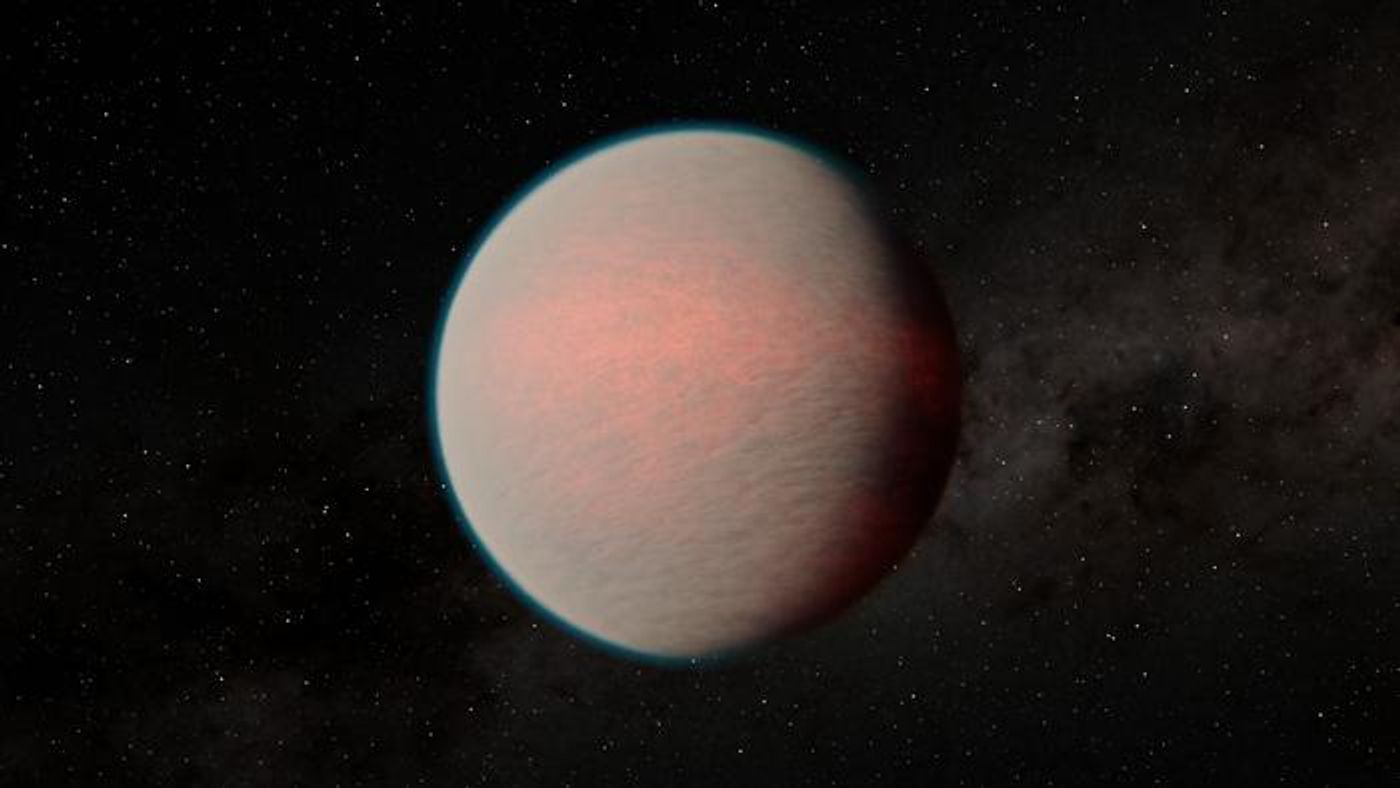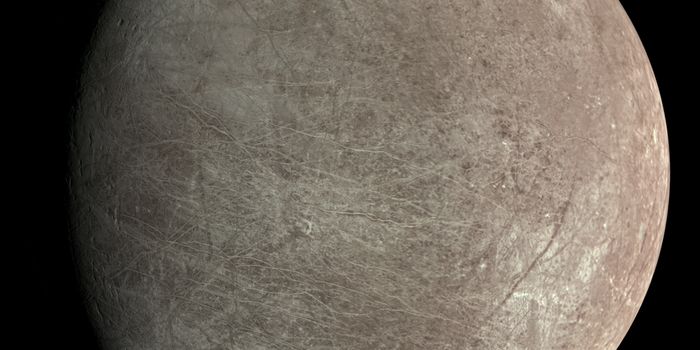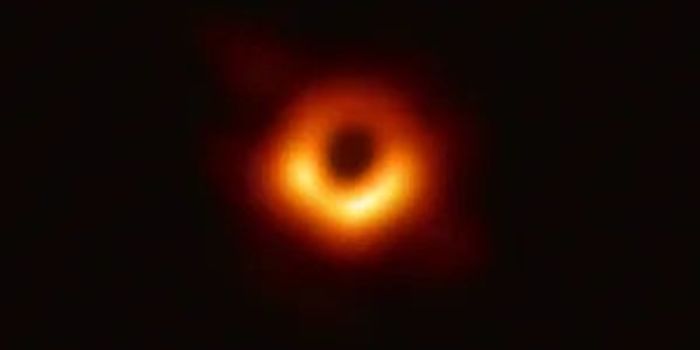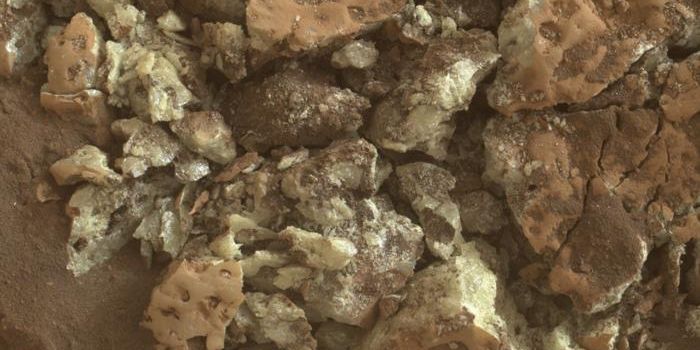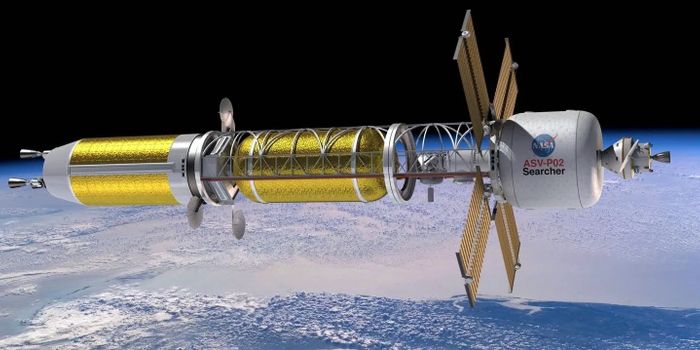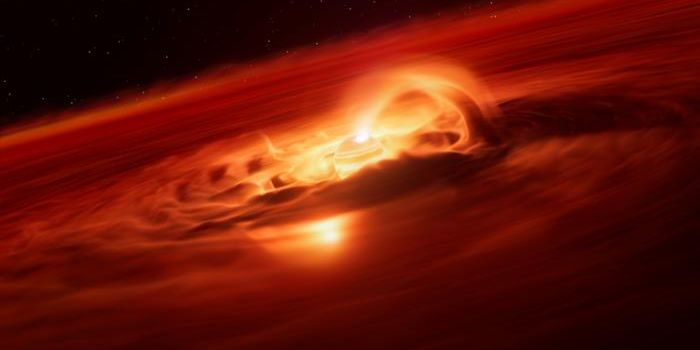Iron and Water: How Exoplanets' Interiors Challenge Traditional Models
Do certain exoplanets mirror Earth regarding their distribution of iron and water? This is what a recent study published in Nature Astronomy hopes to address as an international team of researchers investigated the evolution of exoplanets and how they form their iron core with water residing either beneath or above the surface, and whether as a liquid or gas. This study holds the potential to help researchers better understand the formation and evolution of exoplanets, which will enable scientists to provide better targets for identifying Earth-like worlds throughout the cosmos.
For the study, the researchers use computer models to simulate the formation of planetary interiors on super-Earth and sub-Neptune exoplanets, specifically with a focus on the distribution of water within a planet’s interior in relation to the additional iron and metallic composition. In the end, the researchers found that longstanding hypotheses about the formation and evolution of water worlds are challenged given the model’s results that 95 percent or more of water on an exoplanet is stored within the planet’s interior, as opposed to the surface.
Artist's impression of GJ 1214 b, which is an Earth-sized "water world", though this recent study challenges longstanding notions about such planets. (Credit: NASA/JPL-Caltech/R. Hurt)
“This is one of the key results of our study,” said Dr. Caroline Dorn, who is a professor of exoplanets at ETH Zurich and a co-author on the study. “The larger the planet and the greater its mass, the more the water tends to go with the iron droplets and become integrated in the core. Under certain circumstances, iron can absorb up to 70 times more water than silicates. However, owing to the enormous pressure at the core, the water no longer takes the form of H2O molecules but is present in hydrogen and oxygen.”
Going forward, exoplanets that have been found to contain large amounts of water could likely not be Earth-like since the water could be trapped deep within the planet and not on the surface.
What new discoveries about exoplanet interiors will scientists make in the coming years and decades? Only time will tell, and this is why we science!
As always, keep doing science & keep looking up!
Sources: Nature Astronomy, EurekAlert!, ETH Zurich
